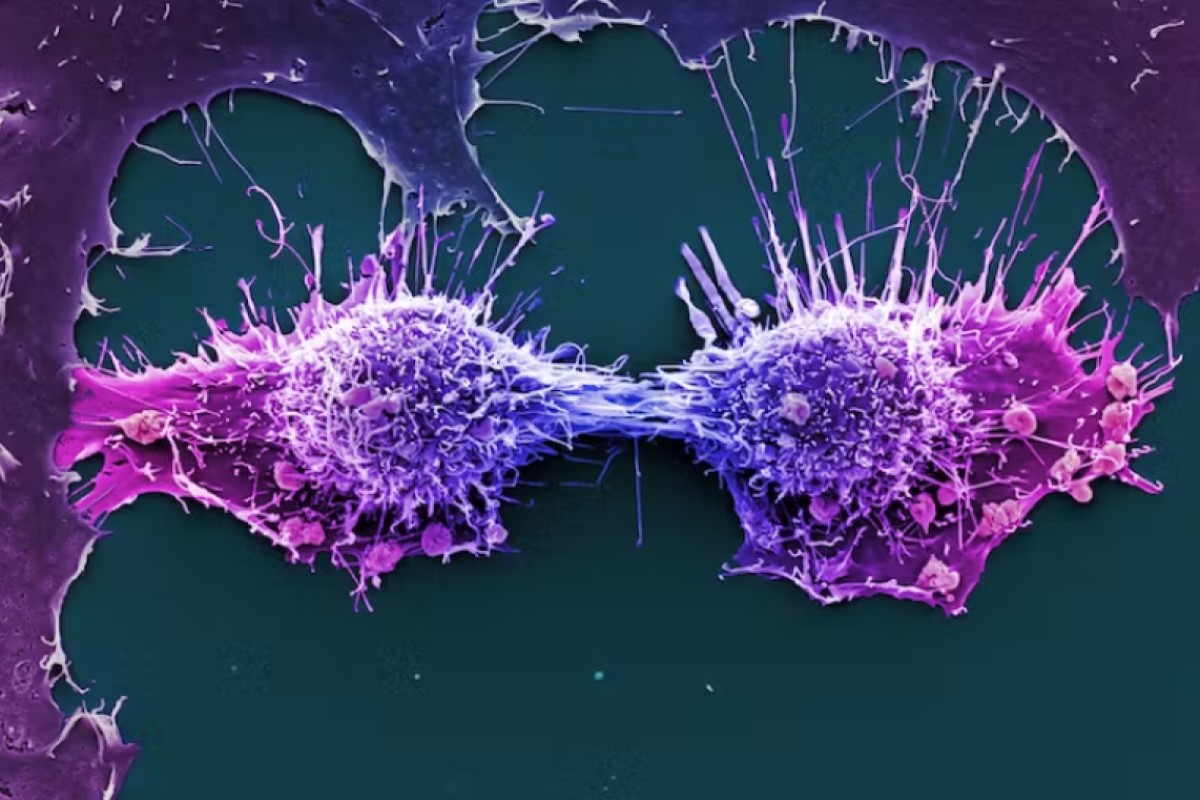THE CONVERSATION
Settlement with family of Henrietta Lacks is an opportunity to reflect on inequalities in genetic research
August 25, 2023
Share

Aug. 1, 2023 would have been the 103rd birthday of Henrietta Lacks. It was also the day the Lacks family reached a settlement with Thermo Fisher Scientific, the biotech company that used and profited from her “HeLa” cells.
 Though the details remain confidential, this settlement is a long-awaited moment of justice and victory for Lacks and her family.
Though the details remain confidential, this settlement is a long-awaited moment of justice and victory for Lacks and her family.
Lacks’s story is well known and has since been popularized in an HBO film, but it is viewed as a tale of the past. However, the inequalities suffered by Lacks remain problems of the present. As a legal researcher and woman of colour, I have found that these problems are still alive and kicking today.
Genetic research (and medical practice more generally) are filled with systemic racism, racial discrimination and unconscious biases. For many Black, Indigenous and Peoples of Colour (BIPOCs), the battle for an equitable framework is not over yet.
Henrietta Lacks’s story
Lacks was a Black tobacco farmer living in Baltimore, Md. and undergoing treatment in 1951 for cervical cancer at Johns Hopkins University Hospital, one of the only hospitals that treated Black patients from lower socioeconomic backgrounds.
Her cells were taken and retained for research purposes by white physicians and researchers at the hospital. Lacks’s cells, unlike others, had the innate ability to survive, divide and grow indefinitely. Viewed as extremely valuable in research, the researchers patented “HeLa,” the first immortalized human cell line.
“HeLa” — derived from the first two letters of her first and last names — is the oldest and most commonly used human cell line. It has since contributed to many lifesaving endeavours, including the development of polio and COVID-19 vaccines.
Although Lacks passed away from cervical cancer in 1951, her story has only been widely told in recent years. It was Rebecca Skloot’s 2010 book The Immortal Life of Henrietta Lacks that drew attention to Lacks’s story and highlighted the racialized and patriarchal nature of medical ethics and research practices.
Since then, Johns Hopkins University has established a memorial award and university building in her name. The World Health Organization has also bestowed a posthumous award to Lacks for her contributions to medical science.
These actions, however, have only recently been taken. Advocates — mainly people of colour — used the pandemic and subsequent COVID-19 vaccine developments to bring Lacks’s story back to life.
Not just her: Other stories of inequality
Another story often told alongside Lacks’s is that of John Moore, who fought for property rights over his cells. Moore had hairy cell leukemia and, as part of his treatment, underwent a splenectomy at the University of California Los Angeles Medical Centre in 1976. Like Lacks’s, Moore’s cells had been unknowingly and unlawfully processed and patented as the “Mo” cell line.
But unlike Lacks — at least, until now — Moore received damages. In 1990, the Supreme Court of California decided that, although Moore did not have a property claim, his doctor breached a fiduciary duty to Moore by not obtaining proper informed consent. This decision has since been taught in property law classes across Canada and the United States.
These stories were covered and received in starkly different ways. Though Moore’s story was told in a timely manner, Lacks’s story was not. But for her family and Skloot’s journalism, the injustices experienced by a Black woman would have been easily overlooked.
Another case is the Havasupai tribe’s lawsuit against the Arizona Board of Regents. Blood samples from the tribe were obtained for research on inherited diabetes. The samples were later unlawfully used for other research, including studies on inbreeding and schizophrenia. This violated the Havasupai’s consent agreement and had deeper repercussions, as these topics were considered taboo by the tribe.
The fight isn’t over yet
News of the Lacks family’s settlement should be celebrated. But it should also serve as a reminder that the fight for a fairer and more equitable framework of medical ethics and genetic research is not over.
Genetic materials are generally treated like any other objects and little to no consideration is given to the person. This perpetuates existing systemic inequalities and racial harm in the fields of medicine and scientific research.
Ben Crump, attorney for the Lacks family, said in a news conference that “not only were the HeLa cells derived from Henrietta Lacks — the HeLa cells are Henrietta Lacks.” We can continue Lacks’s fight by continuing to raise awareness and advocating for the people, and not just the cells.![]()
___________________________
Aileen Editha, PhD Candidate in Law, Queen's University
This article is republished from The Conversation under a Creative Commons license. Read the original article.
The Conversation is seeking new academic contributors. Researchers wishing to write articles should contact Melinda Knox, Director, Thought Leadership and Strategic Initiatives, at knoxm@queensu.ca.



